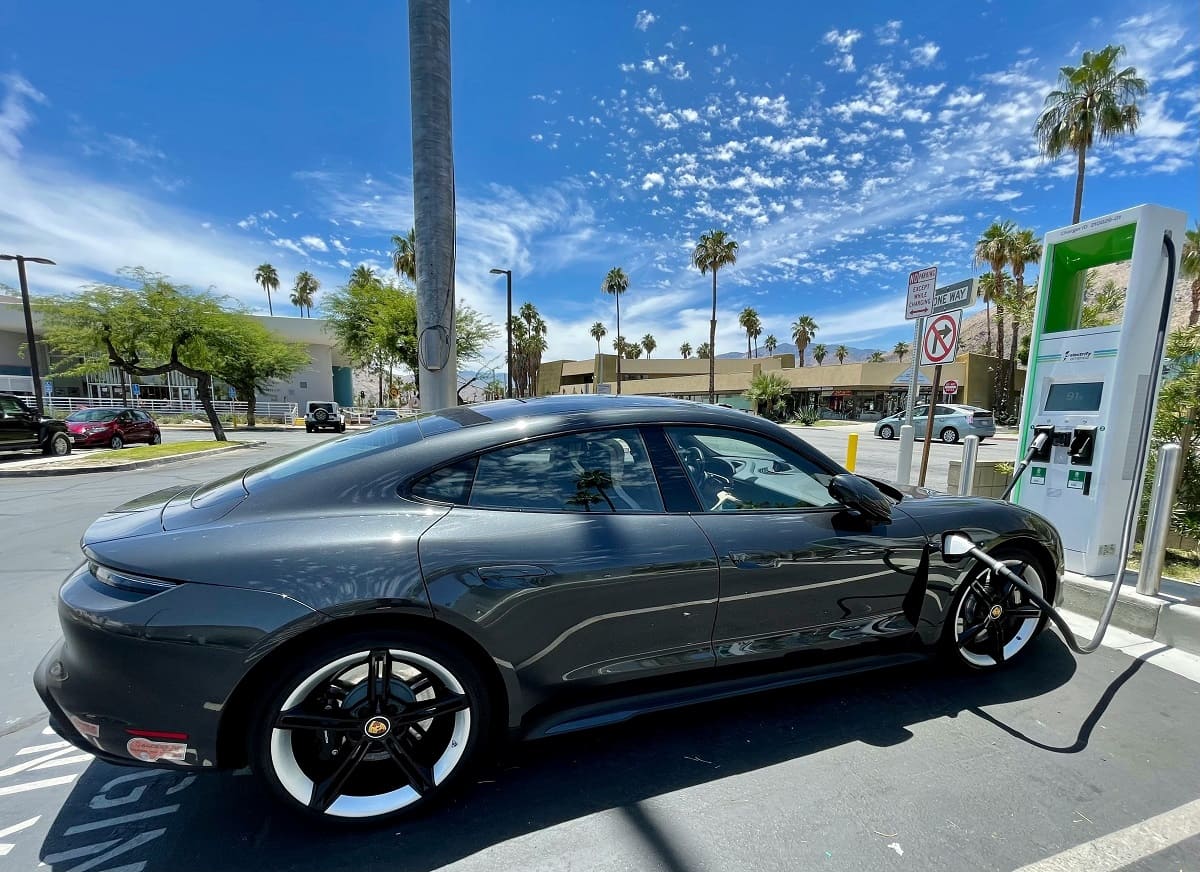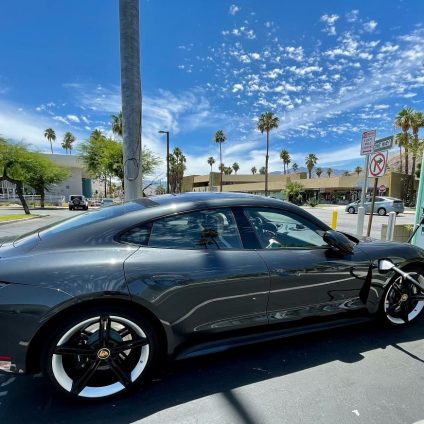Battery electric vehicles are poised for faster growth. Within five years, the market will look nothing like it does today.

IEA report outlines the global trajectory for the electric vehicle market
The electric vehicle (EV) transition is accelerating. According to the Global EV Outlook report from the International Energy Agency (IEA), the global EV market is on track to exceed 40% of total car sales by 2030. Despite lingering uncertainties, EVs are becoming increasingly affordable across more regions. By 2025, global momentum is expected to push EV sales past 20 million units annually, accounting for more than a quarter of total new car sales worldwide.
Global EV market sees 35% sales growth
In 2024, over 17 million electric vehicles were sold globally. For the first time, EVs surpassed a 20% share of the global auto market, as previously projected by the IEA. The first quarter of 2025 confirmed the trend, with EV sales increasing 35% year-over-year. Despite skepticism among both manufacturers and consumers, all major markets hit new sales records in Q1.
China leads, Europe stalls, Latin America rises
China continues to dominate the global EV market, with electric vehicles accounting for nearly half of all new car sales in 2024. The country sold more than 11 million EVs last year, matching the total global EV sales of 2022. Growth also surged across Asia and Latin America, where total sales jumped by more than 60% in 2024. In the United States, EV sales rose by about 10% year-over-year. Europe, however, saw stagnation due to the rollback of subsidies and supportive policies, although its market share remained around 20%. “By the end of this decade, more than two out of five cars sold will be electric as affordability continues to improve,” said IEA Executive Director Fatih Birol.
Average EV prices and regional gaps
Globally, the average price of battery electric vehicles (BEVs) dropped in 2024, driven by increased competition and lower battery costs. In China, two-thirds of EVs sold last year were cheaper than their internal combustion engine counterparts, even without purchase incentives. By contrast, Germany’s average EV price remained 20% higher than conventional vehicles, and in the United States, 30% higher. Still, even if oil prices fall to $40 per barrel, operating an EV in Europe with home charging would cost about half as much as running a gasoline vehicle.
EV imports rise as China expands exports
The IEA report notes that nearly 20% of global EV sales now come from imported vehicles. China, which produces more than 70% of the world’s EVs, exported close to 1.25 million units in 2024. Many of these were sent to emerging economies, where Chinese imports significantly lowered EV prices and expanded market access.
Electric trucks show promising growth
The report also highlights the rapid rise of electric trucks. Global sales jumped by roughly 80% in the past year, now representing nearly 2% of the total truck market. This growth was fueled by a doubling of sales in China and bolstered by cost competitiveness: in some cases, heavy-duty electric trucks in China had lower operating costs than diesel models, offsetting their higher purchase prices.












